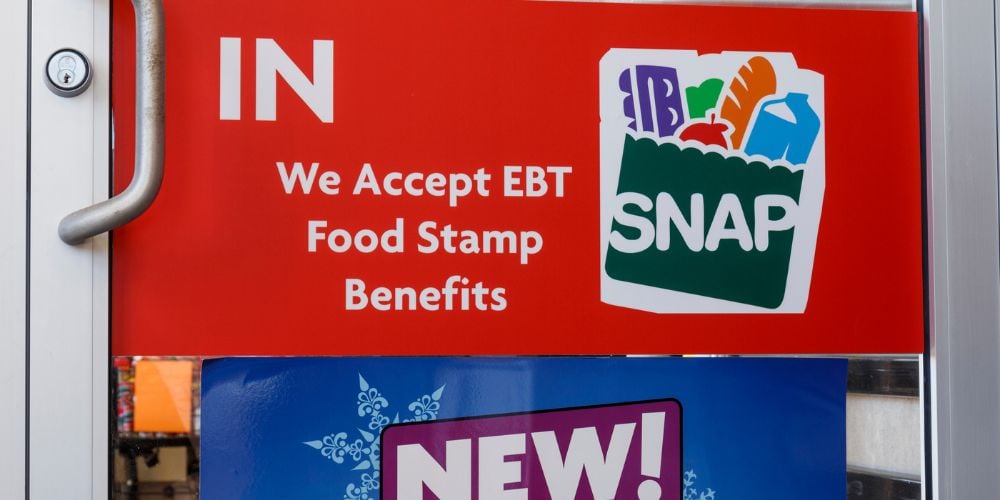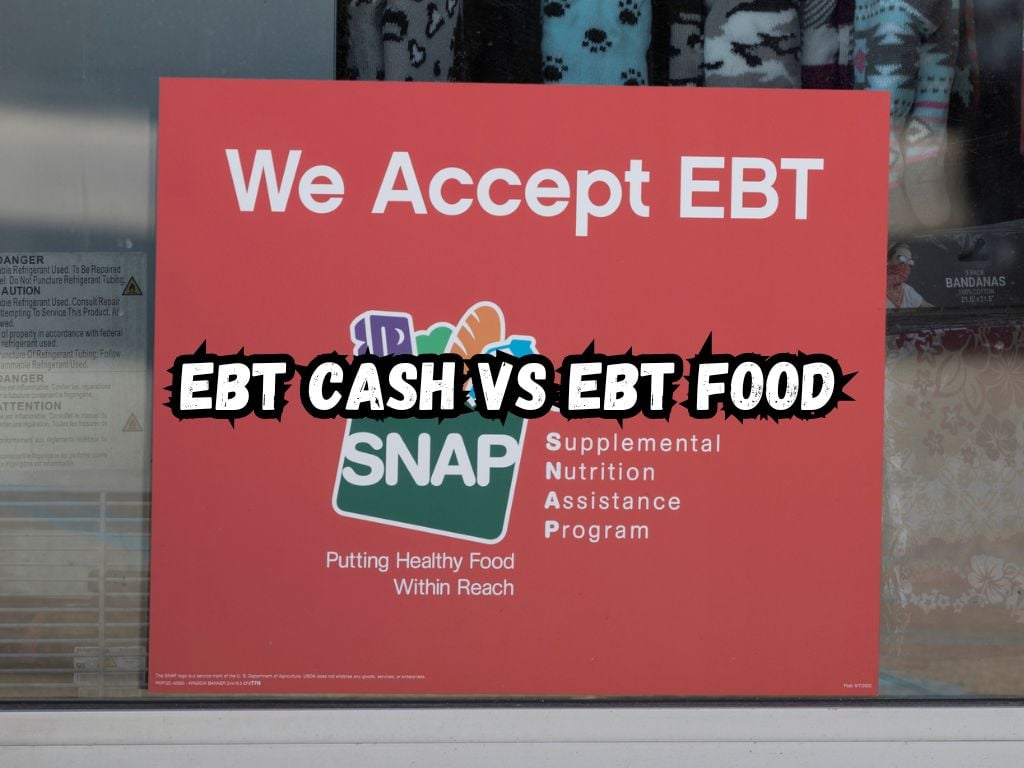The Electronic Benefit Transfer (EBT) system provides crucial support to individuals and families in need, offering a dignified way to access essential resources.
Within this system, there are two primary components: EBT Cash and EBT Food, each designed to meet different needs of beneficiaries.
This article aims to explore EBT cash vs EBT food comparison, highlighting their benefits, limitations, and offering guidance on making an informed choice.
The Fundamentals of EBT Cash
Definition and Eligibility for EBT Cash
EBT Cash refers to government-provided funds given to beneficiaries for purchasing essentials beyond food, like clothing, utilities, and housing.
Eligibility hinges on specific income and welfare criteria, such as participation in the Temporary Assistance for Needy Families (TANF) program.
Benefits and Limitations of EBT Cash
The flexibility of EBT Cash is its most significant advantage, allowing recipients to cater to a wide range of needs. However, this flexibility might also lead to spending on non-essential items, possibly detracting from more critical needs.
Application and Usage of EBT Cash
The application process assesses financial status and specific needs. Once approved, beneficiaries receive an EBT card for use at approved outlets, including ATMs, enabling both cash withdrawals and purchases.

Diving into the EBT Food
Definition and Eligibility for EBT Food
Also known as the Supplemental Nutrition Assistance Program (SNAP), EBT Food is focused on providing support specifically for purchasing food. Income levels, similar to EBT Cash, determine eligibility, emphasizing nutritional support.
Benefits and Limitations of EBT Food
The primary benefit of EBT Food is ensuring access to nutrition, with spending restricted to food and groceries. This ensures diets remain a priority among recipients. Unlike EBT Cash, EBT Food cannot cover other life essentials.
Applying for and Using EBT Food
The application mirrors that of EBT Cash but concentrates on evaluating nutritional needs. Funds are dispensed via an EBT card, restricted to food purchases at approved locations.
Spatial Comparison: EBT Cash vs EBT Food
- Analysis of Differences and Unique Benefits: EBT Cash provides a broader usage spectrum, fitting for varied essential needs, while EBT Food offers targeted nutritional support, prioritizing healthy eating.
- Deciding Between EBT Cash and EBT Food: The choice between these two depends on the recipient’s priorities. EBT Cash might serve better for broad-based financial assistance, and EBT Food for those focusing primarily on dietary needs.
- Scenario-based Recommendations: For families struggling with non-food essentials, EBT Cash would be more beneficial. Households focusing on nutrition due to health concerns would find EBT Food more fitting.
Pro Tips to Maximize EBT Benefits
A strategic approach to spending and understanding your benefits helps maximize the impact of both EBT Cash and EBT Food.
For EBT Cash, budgeting for essentials ensures critical needs are met first. In the case of EBT Food, focusing on nutritional value can stretch the benefits further.
Additional Support Services for EBT Recipients
Recipients of EBT services such as EBT Cash and EBT Food often have other needs that go beyond food and basic essentials.
Recognizing this, there are various additional support services and benefits that eligible individuals and families might access to help ease their financial burden and improve their quality of life. Below, we explore these auxiliary benefits and community resources in more detail.
Medicaid
Medicaid is a federal and state program that offers free or low-cost health coverage to eligible low-income adults, children, pregnant women, elderly adults, and people with disabilities. Similar to EBT, eligibility for Medicaid is primarily based on income.
Recipients of EBT benefits often qualify for Medicaid and can receive comprehensive healthcare services, including doctor visits, hospital expenses, mental healthcare, pregnancy, and child healthcare services.
Utility Assistance Programs
Many EBT recipients are also eligible for utility assistance programs designed to help low-income individuals and families manage the costs of their heating and cooling bills.
Programs such as the Low Income Home Energy Assistance Program (LIHEAP) provide significant relief to those struggling to keep their homes at a safe temperature throughout the year.
Other utility assistance programs may offer help with water bills or energy-efficient home upgrades.
Child Care Subsidies
For working parents or those attending school, affordable childcare is paramount. Child care subsidies are available through programs like the Child Care and Development Fund, offering financial assistance to reduce the child care expense burden.
Eligibility requirements vary by state but typically consider income, family size, and the reason for needing child care, such as employment or education.
Housing Assistance
EBT recipients may also qualify for housing assistance programs aimed at providing affordable housing options.
The Department of Housing and Urban Development offers various programs, including public housing, housing choice vouchers (Section 8), and subsidized housing for low-income families, the elderly, and the disabled.

Community Resources
Food Banks and Pantries
Beyond EBT Food benefits, food banks and pantries provide additional support to those in need of nutritional assistance.
These community establishments offer free food items, including fresh produce, canned goods, and sometimes prepared meals. They can be vital resources for families needing extra support to ensure food security.
Community Kitchens
Community kitchens not only provide meals for those who may not have the means to prepare their own, but they also foster a sense of community by bringing people together to share a meal.
These kitchens sometimes offer cooking classes and nutritional education, helping individuals learn how to prepare healthy meals on a budget.
Free Health Clinics
For individuals who may not qualify for Medicaid or are awaiting approval, free health clinics can provide essential medical, dental, and mental health services at little to no cost.
These clinics are often run by volunteer health professionals and funded by donations and grants.
Legal Aid Services
Low-income individuals facing legal issues can often receive assistance from legal aid organizations. These services cover various areas, including housing disputes, family law, immigration matters, and benefits appeals.
Frequently Asked Questions
Eligibility for EBT Cash and EBT Food?
Eligibility for both is income-based, but specific requirements differ. EBT Cash suits broader financial needs, while EBT Food is for nutritional support.
Applying for EBT benefits?
Contact your local social services to apply, providing necessary documentation and possibly undergoing an eligibility interview.
Receiving both EBT Cash and EBT Food?
Yes, depending on individual or family needs and eligibility criteria.
Usage of EBT benefits?
EBT Cash is broadly accepted where debit cards are, and EBT Food at SNAP-approved food retailers.
Conclusion
Understanding EBT Cash and EBT Food is key for beneficiaries to navigate their options effectively.
Recognizing the differences between the two allows for making informed decisions, ensuring that the support received meets the essential needs of individuals or families, improving lives with dignity and purpose.


 Tags:
Tags:










